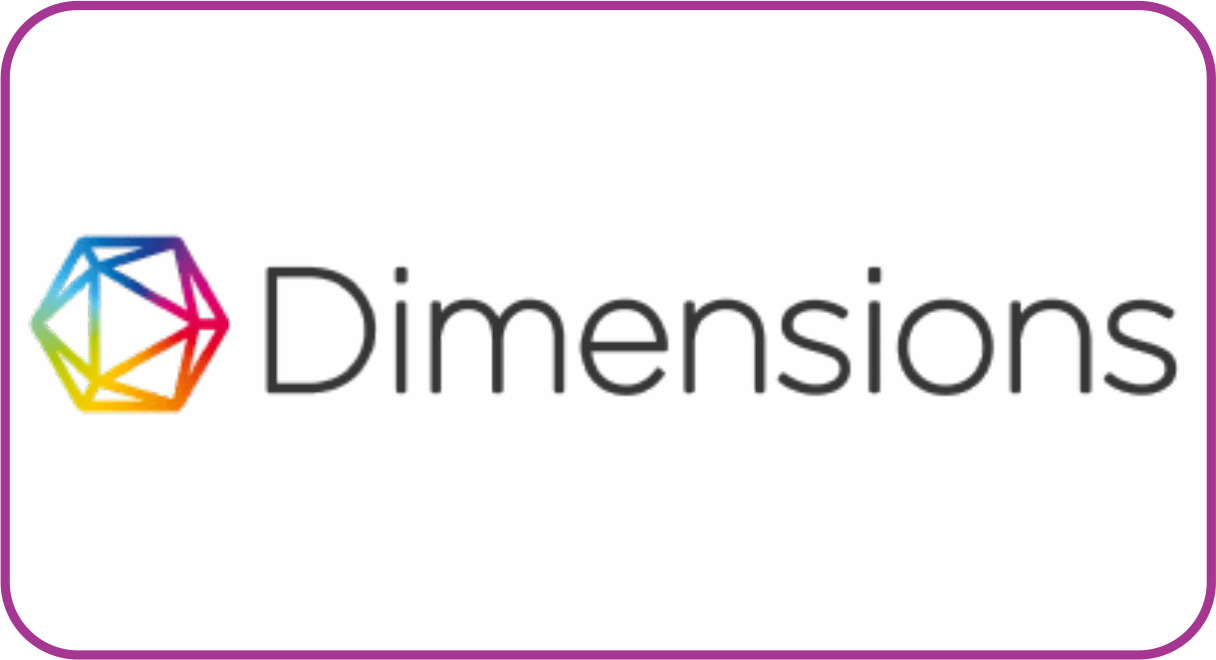Penyuluhan dan Pendampingan kepada Guru dan Siswa MDTA Tentang Arif dan Bijak dalam Penggunaan Smartphone
DOI:
https://doi.org/10.30983/dedikasia.v3i1.6149Keywords:
Counseling and mentoring, Smartphone, the Negative Impact of Smartphones.Abstract
References
Al-hafiz, N. W., Chairani, S., Haswan, F., Nopriandi, H., Yusfahmi, M., Informatika, D. T., Teknik, F., Islam, U., Singingi, K., & Computing, C. (2022). PELATIHAN PEMBUATAN E-ARSIP DAN TRANSFER DATA DI. 2, 252–260.
Amrizal, Khomarudin, A. N., Jamaluddin, Jingga, T. Z., Hendra, Nurtam, M. R., Laksmana, I., Syukriadi, Aulia, R., Novita, R., Nazli, R., Putri, E. E., & Febrina, W. (2022). Training on the Use of GNS3 in Computer Networks Learning for Vocational High School Teachers. Indonesian Journal of Community Services Cel, 1(3 SE-Articles), 151–160. https://doi.org/10.33292/ijcsc.v1i3.20
Asnawi, A., Wahyuni, S., Alber, A., & Etfita, F. (2021). Pelatihan Manajemen Referensi Menggunakan Mendeley untuk Menulis Artikel Ilmiah bagi Guru-guru MGMP SMP Negeri di Pekanbaru. Jurnal Dedikasia : Jurnal Pengabdian Masyarakat, 1(2), 148. https://doi.org/10.30983/dedikasia.v1i2.5148
Fathurrahman, St. Zulaiha Nurhajarurahmah, M. A. (2023). JR-PGSD : JURNAL RINJANI PENDIDIKAN GURU Permainan Tradisional Sebagai Upaya Penanggulangan Bahaya Kecanduan Gadget. 1(3), 80–84.
Gusteti, M. U., Handayani, D. F., Mutiara, N., Delvia, R., & Putri, M. (2022). Pelatihan Membuat Video Pembelajaran dengan Smartphone untuk Meningkatkan Kompetensi Guru-Guru SD di Pesisir Selatan. Jurnal Dedikasia : Jurnal Pengabdian Masyarakat, 2(1), 41. https://doi.org/10.30983/dedikasia.v2i1.5508
Hikmah, N., Aisyah, U., & Badri Laudza, A. (2023). Pelaksanaan Bimbingan Belajar dan Bermain di Lapangan Sebagai Upaya Untuk Meminimalisir Penggunaan Gadget Pada Anak Dibawah Umur di Gampong Lamreung Meunasah Baktrieng. Jurnal Riset Dan Pengabdian Masyarakat, 3(2), 264–272. https://doi.org/10.22373/jrpm.v3i2.2268
Ifroh, R. H., & Permana, L. (2021). Pelatihan Pembuatan Media Audiovisual dalam Meningkatkan Kemampuan Kreatif Digital Remaja. Jurnal Pengabdian Pada Masyarakat, 6(4), 1158–1165. https://doi.org/10.30653/002.202164.867
Jamni, T. (2020). Dampak gawai dan status gizi pada remaja di SMK Negeri 1 Lhoknga dan Poltekkes Aceh 2019. Jurnal SAGO Gizi Dan Kesehatan, 1(2), 207. https://doi.org/10.30867/gikes.v1i2.417
Mustika Sari, I., & Dwi Prajayanti, E. (2017). Peningkatan Pengetahuan Siswa Smp Tentang Dampak Negatif Game Online Bagi Kesehatan. GEMASSIKA : Jurnal Pengabdian Kepada Masyarakat, 1(2), 31. https://doi.org/10.30787/gemassika.v1i1.216
Pagestu, R. (2017). Ratna Pangastuti. Fenomena Gadget Dan Perkembangan Sosial Bagi Anak Usia Dini, 2, 165–174.
Rismala, Y., Aguswan, Priyantoro, D. E., & S. (2021). Dampak Penggunaan Gadget Terhadap Perkembangan Sosial Anak Usia Dini. El-Athfal : Jurnal Kajian Ilmu Pendidikan Anak, 1(01), 46–55. https://doi.org/10.56872/elathfal.v1i01.273
Suryanegara, E., Suprajaka, & Nahib, I. (2015). Perubahan Sosial Pada Kehidupan Suku Bajo: Studi Kasus Di Kepulauan Wakatobi , Sulawesi Tenggara ( Social Change on Bajo Tribe : Case Study in Wakatobi Islands , Southeast Sulawesi ). Majalah Globe, 17(1), 67–78.
Ulya, H., & Saridewi, S. (2022). Dampak Gadget Terhadap Perkembangan Emosional Pada Anak Usia 6-7 Tahun Di Ujung Gading Jalan JawaJorong Brastagi Pasaman Barat. Jurnal Pendidikan Tambusai, 6, 12730–12737.
Waty, L. P., & Fourianalistyawati, E. (2018). Dinamika Kecanduan Telepon Pintar (Smartphone) Pada Remaja Dan Trait Mindfulness Sebagai Alternatif Solusi. Seurune : Jurnal Psikologi Unsyiah, 1(2), 84–101. https://doi.org/10.24815/s-jpu.v1i2.11573
Downloads
Published
How to Cite
Issue
Section
Citation Check
License
Copyright (c) 2023 Agus Nur Khomarudin, Rina Novita, Gusnita Darmawati

This work is licensed under a Creative Commons Attribution-ShareAlike 4.0 International License.
Authors who publish with this journal agree to the following terms:
- Authors retain copyright and grant the journal right of first publication with the work simultaneously licensed under a Creative Commons Attribution License that allows others to share the work with an acknowledgment of the work's authorship and initial publication in this journal.
- Authors are able to enter into separate, additional contractual arrangements for the non-exclusive distribution of the journal's published version of the work (e.g., post it to an institutional repository or publish it in a book), with an acknowledgment of its initial publication in this journal.
- Authors are permitted and encouraged to post their work online (e.g., in institutional repositories or on their website) prior to and during the submission process, as it can lead to productive exchanges, as well as earlier and greater citation of published work (See The Effect of Open Access).








